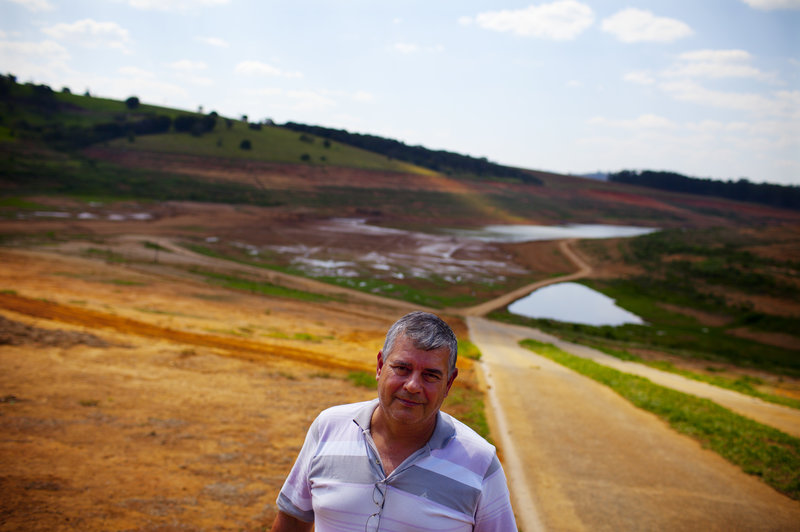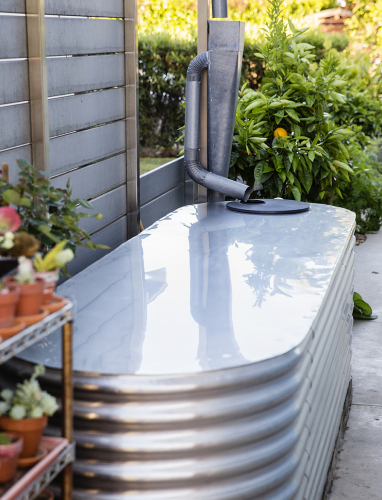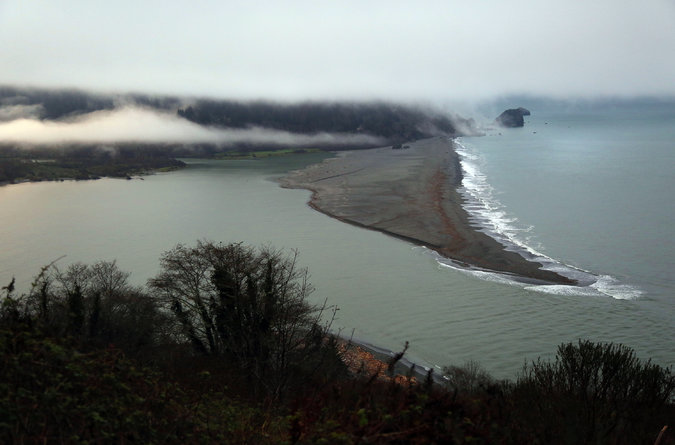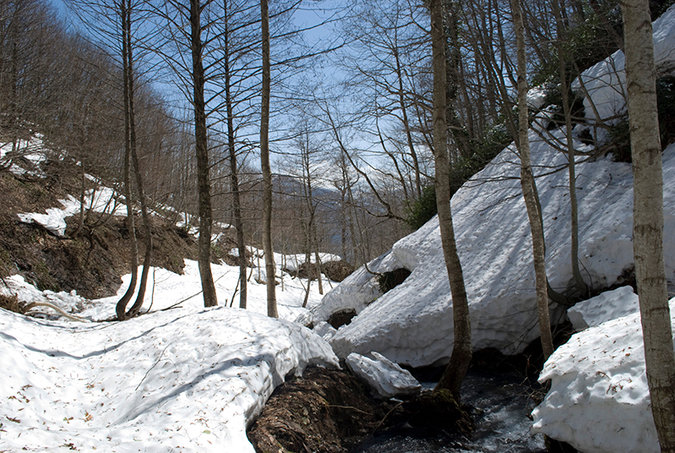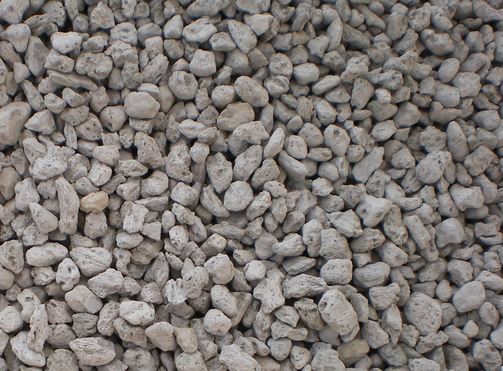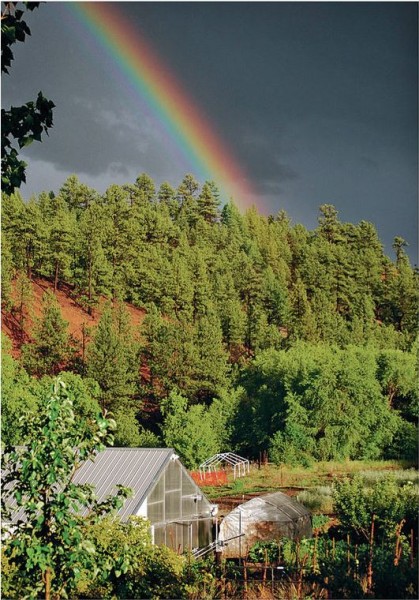The PermaDesign Weblog, with Nate Downey and Melissa McDonald!
Archives from November 2015
Climate Change on a Regional Level
As people start to move away from Brazil's largest city due to drought, scientists and locals try to figure out why the sudden change in rainfall. One plausible theory is that the amount of moisture in the atmosphere has been greatly depleted due to the destruction of the Amazon rainforest nearby. Listen or read the story on NPR. http://www.npr.org/sections/parallels/2015/11/22/455751848/as-brazils-largest-city-struggles-with-drought-residents-are-leaving
11/29/2015 | (0) Comments
El Niño Prep:
Got a nice surprise yesterday from *Sunset Magazine* when they let us know they were posting more from an interview they did with Nate Downey when (in the April 2015 issue) they named him an Innovator of the Year!
http://westphoria.sunset.com/2015/11/23/el-nino-prep-harvest-rain-from-your-roof/
11/28/2015 | (0) Comments
Let the People Lead
Seems like a bill that would allow the removal of 4 hydroelectric dams, improve reliability, and fund ecosystem restoration would be a no-brainer. Congress?
http://www.nytimes.com/2015/11/06/opinion/in-the-dry-west-waiting-for-congress.html
http://www.ariverbetweenus.com/
11/27/2015 | (0) Comments
Roof-Reliant Landscaping™ Step 13G: Cost Estimating PHASE 3: Estimating Fences and Walls
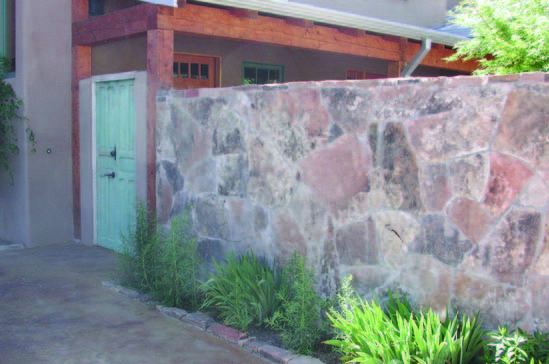
Fences and Walls
A fence can be a cost-effective alternative to plants when privacy, wind and water consumption are issues. Free-standing walls can also provide privacy and wind protection, but walls are usually more expensive than fences. Keep in mind that a permeable windbreak, such as a fence with space between the slats, is better at reducing the negative effects of wind than an impervious windbreak, such as a solid wall.
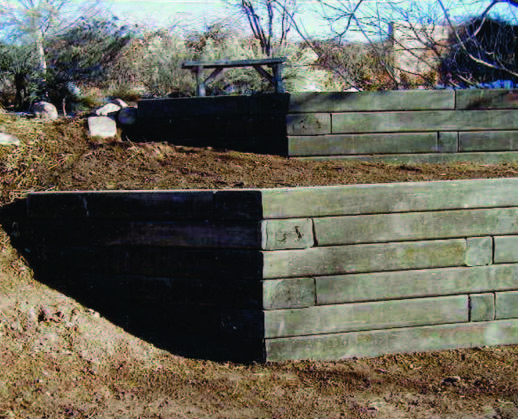
Retaining walls can quickly increase the cost of the project. If money is an issue, good alternatives include on-contour swales and/or decorative boulders associated with appropriate grading. If a wall is designed to retain the earth surrounding a cistern, include the cost of having a licensed engineer approve the design.
11/26/2015 | (0) Comments
What Billions Depend On
This short piece from the Times gets to the heart of why action on climate change is so urgent. We all need to do our part!
11/25/2015 | (0) Comments
Roof-Reliant Landscaping™ Step 13F: Cost Estimating PHASE 3: Estimating Your Hardscape
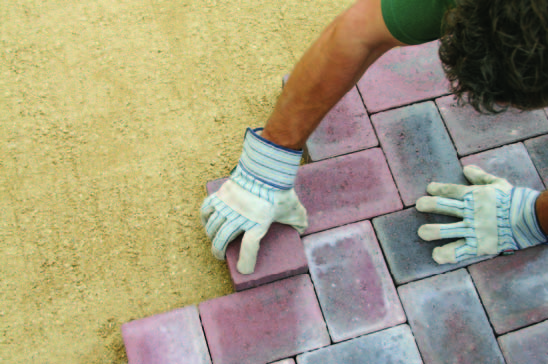
Hardscape
For the purposes of this manual, hardscape refers to any surface on which people walk. Typically, hardscapes also provide space for other activities such as dining and relaxing. Hardscapes enable people to enjoy being in the midst of the landscape.
Concrete and gravel provide cost-effective hardscape surfaces. Wooden decks, brick, pavers and widely spaced flagstones set in sand can fit within many mid-range budgets. Flagstone (especially that which is set in concrete with tight joints and broad, finely chiseled stones) is one of the most expensive hardscape surfaces commonly available in New Mexico.
11/24/2015 | (0) Comments
Confessions of a Reformed Pumice User
Looks like I missed posting this "Permaculture in Practice" in July when it came out. Now that the monsoon and baseball seasons are over, it's time to focus on next year:
11/13/2015 | (0) Comments
Roof-Reliant Landscaping™ Step 13E: Cost Estimating PHASE 3: Estimating Your Plant Material
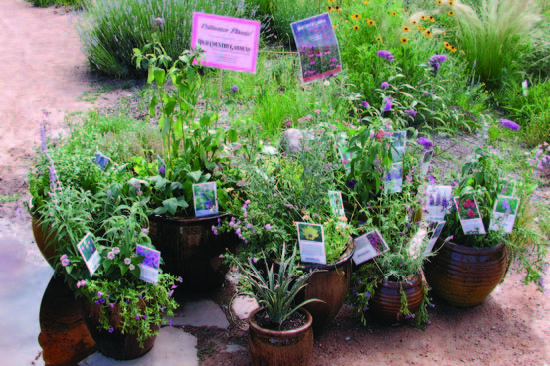
In general, the larger the plant material, the greater the price tag. It is usually most cost effective to invest in larger sizes of slower-growing plants and smaller sizes of plants that will grow quickly, even with modest watering. To accurately predict the costs of plants, contact a local plant nursery or landscape professional. From a water budgeting perspective, also keep in mind that larger plants require more water to get established than smaller plants of the same species.
11/11/2015 | (0) Comments
Roof-Reliant Landscaping™ Step 13D: Cost Estimating PHASE 3: Estimating Your Errosion Control
The costs of controlling erosion and properly handling any drainage issues on your property are extremely variable. In most cases, all that is needed is a large French drain and a small swale located below a cistern’s overflow pipe. With a shovel and some extra rocks or gravel, this work can take less than an hour and cost virtually nothing. In extreme cases where, for example, a cistern must be sited near the unstable bank of an arroyo, it might cost thousands of dollars for proper erosion control. Be sure to manage water appropriately, as neighbors will not appreciate your overflow, and in most cases it is required by law.
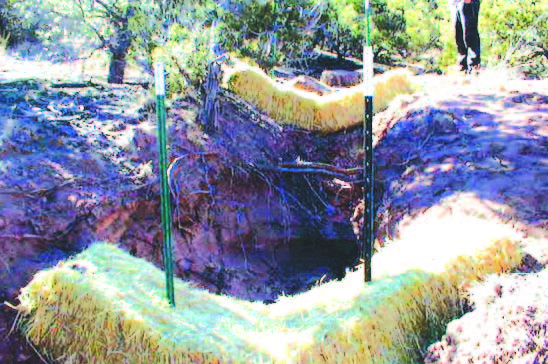
11/09/2015 | (0) Comments
Property Boasts a Nurtured Vitality
My *Permaculture in Practice* column this month features Apache Creek Ranch, the site of the Permaculture Design Course that I took with Bill Mollison back in 1992. The ranch is for sale after decades of successful work by the same owners (who hosted and took the same course with Mollison).
11/09/2015 | (0) Comments
